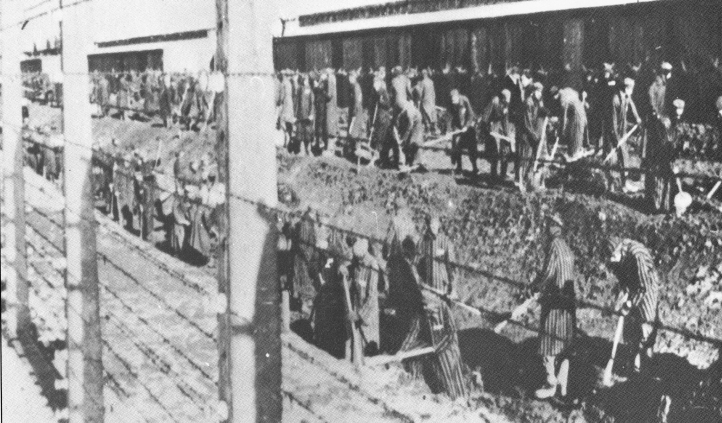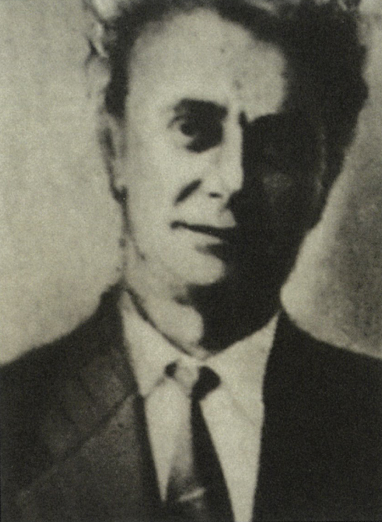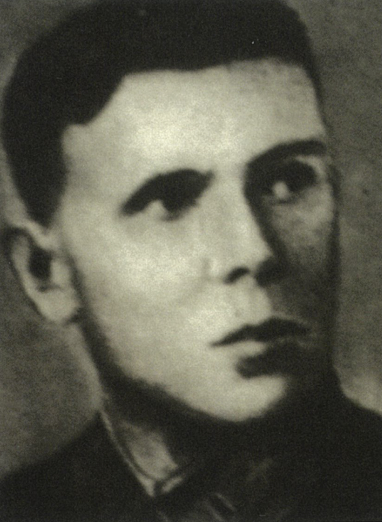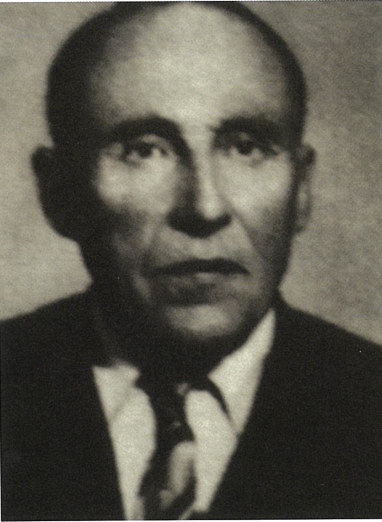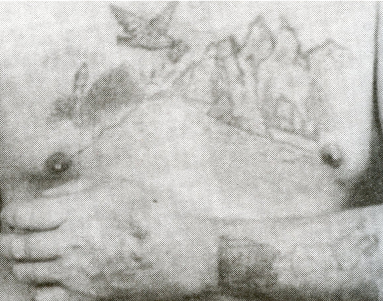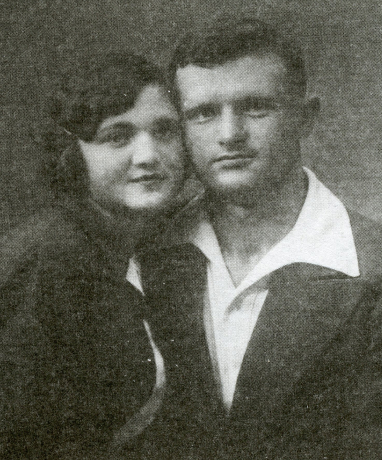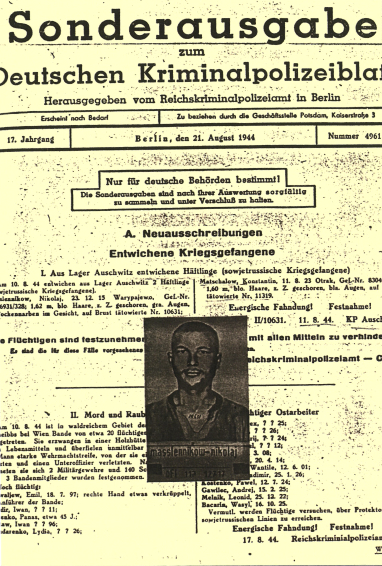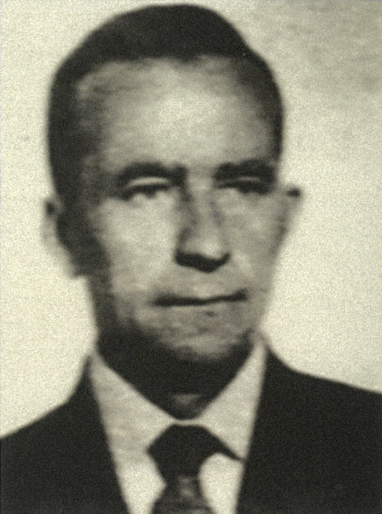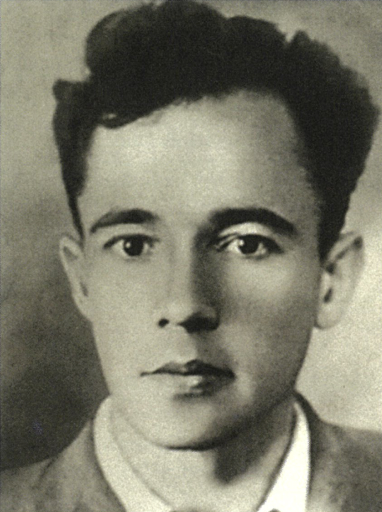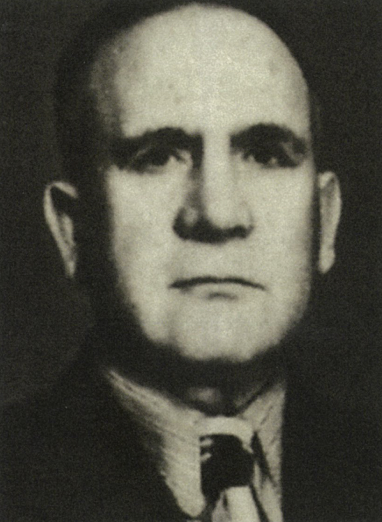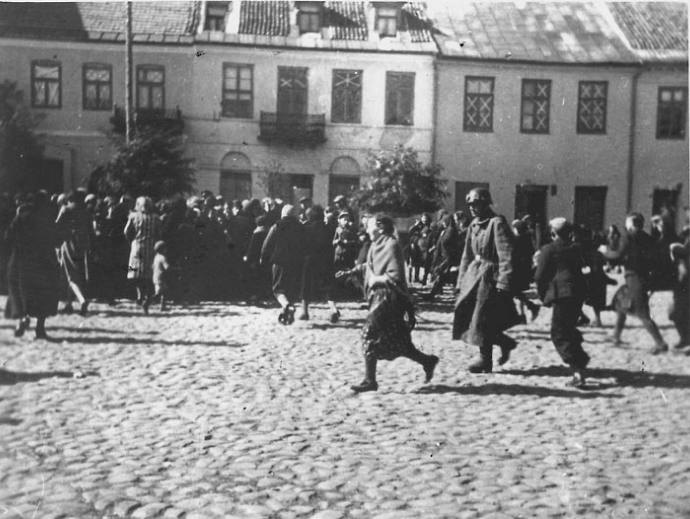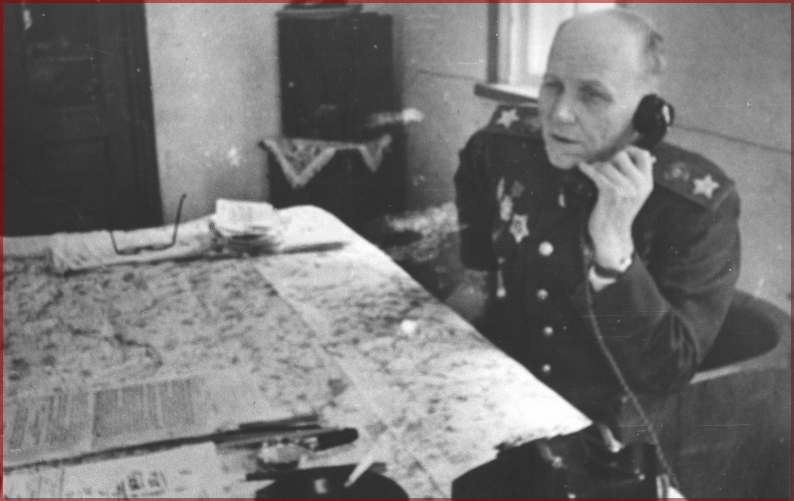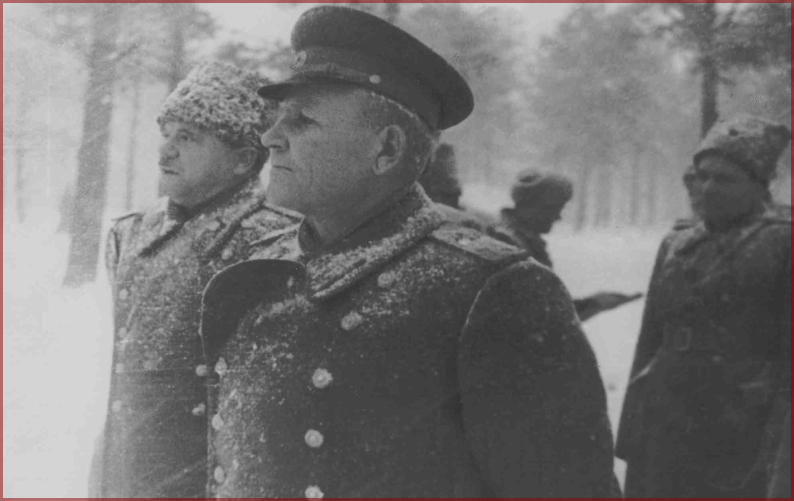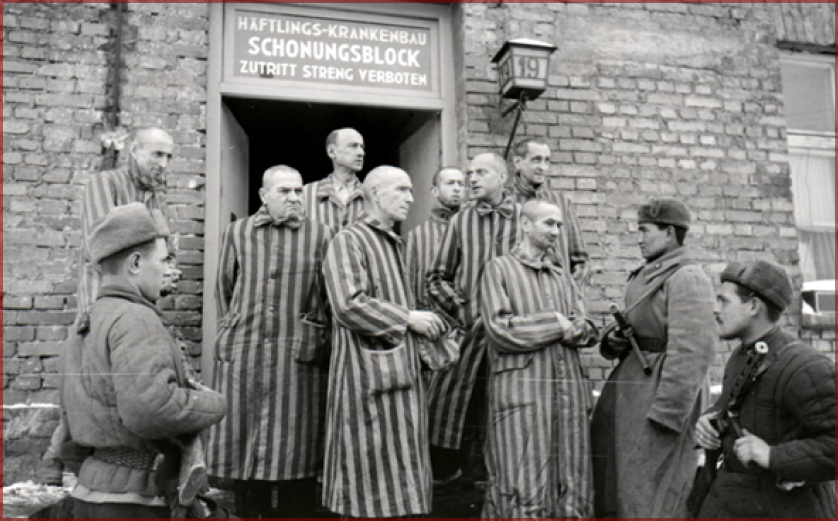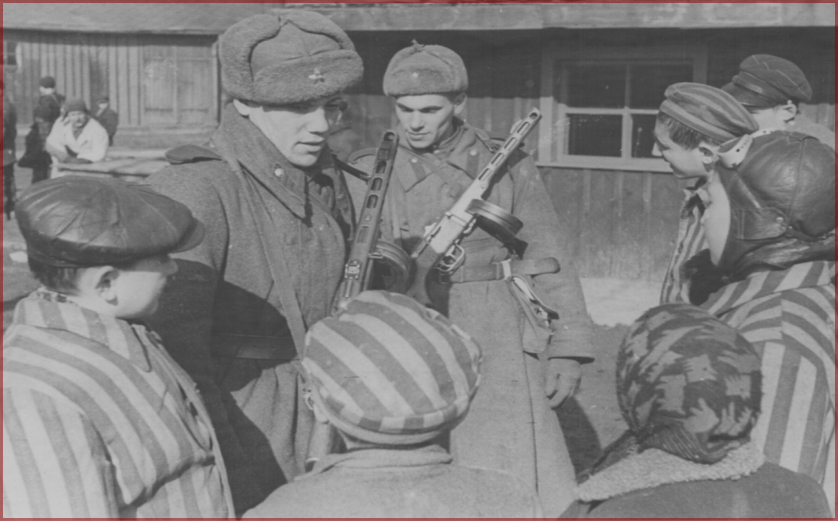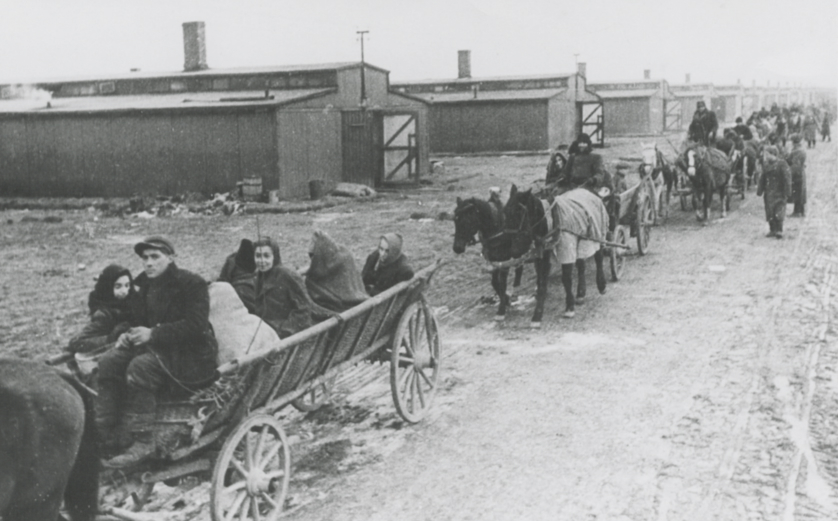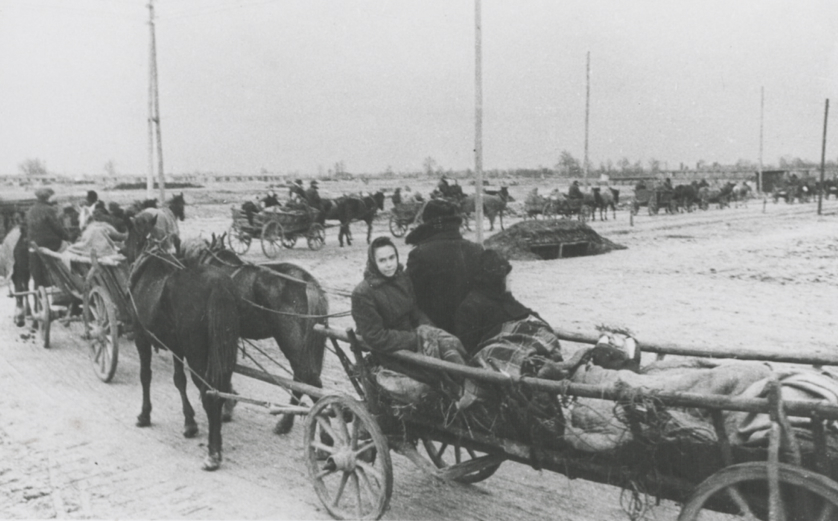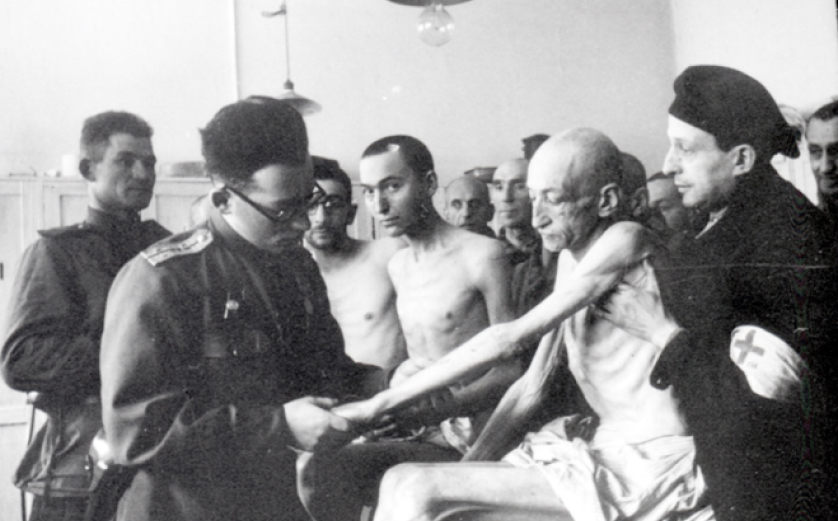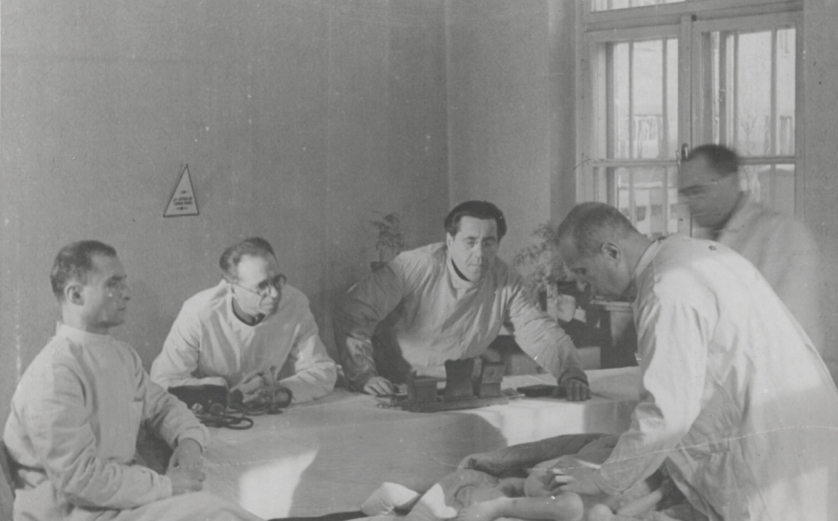Despite the horrible conditions in the camp, the Soviet prisoners of war did not lose their ability for resistance. In March 1942, they created an underground organization. Connections with other underground organizations were maintained by two Soviet officers, Alexander Lebedev (prisoner 88349) and Fyodor Skiba (prisoner number unknown).
The main objectives of the Resistance movement in the camp were to help the sick, to provide moral support to starved prisoners, women and children, to gather and then pass on information, and to find ways of avoiding extermination. The spirit of resistance was most visibly manifested in the organization of escapes.
On November 6, 1942, Soviet prisoners of war carried out the only mass escape in the history of the camp. About 100 people took part in it. Only a few prisoners managed to escape from persecution.
Soviet prisoners of war after 1942
Small groups of Soviet prisoners of war were also deported to Auschwitz in the years 1943-44. Most of them were prisoners of war who were disobedient in other prisons, including those who made an unsuccessful attempt to escape. The physically weak were immediately sent to the gas chamber.
The young and strong were subjected to a regime of extermination – humiliation, starvation, hard labor. The preserved records show that the largest transport with Soviet prisoners of war came in July 1944 from Stalag 367.
In total during the war, approximately 15,000 Soviet prisoners of war were brought to Auschwitz. In January 1945, there were only 92 Soviet POWs in Auschwitz.
On 6 November 1942, several dozen Soviet prisoners of war escaped from the camp. Only a few of them managed to evade the subsequent pursuit. After the war they left their memoirs.
Andrei Pogozhev, one of the participants of the mass escape of the Soviet prisoners of war on 6 November 1942, remembers, «The desire to escape was enormous… Escape was a constant haunting dream. During discussions and debates an idea of mass escape was born and grew stronger. It was the only way for a large group of people determined to escape to get outside of the camp borders.»
Alexander Lebedev (prisoner 88349), one of the leaders of the underground organization of the Soviet prisoners of war in Auschwitz.
Valentin Sitnov (prisoner 164256), Hero of the Soviet Union, pilot, a member of the underground organization of the Soviet prisoners of war in Auschwitz. Together with Victor Ivanov, he was brought to the camp on 19 November 1943.
Victor Ivanov (prisoner 164258), a member of the underground organization of the Soviet prisoners of war in Auschwitz
Tattoo on the chest of Andrei Pogozhev made before the escape to cover his identification number
Andrey Pogozhev (prisoner 1418) and his wife Maria in 1940. He was one of the prisoners who escaped during the mass breakout of the Soviet prisoners of war on 6 November 1942.
Nikolai Maslennikov (prisoner 10631) made a successful escape together with Konstantin Mochalov on 10 August 1944.
Nikolai Vasiliev (prisoner number unknown). In the camp, he was one of the leaders of the underground organization. He was involved in arranging escapes for the prisoners.
Petr Mishin (prisoner 1844), one of the leaders of the underground organization, involved in arranging escapes
Kuzma Kartsev (prisoner 166692), one of the leaders of the Resistance Movement, participated in developing a plan of the armed uprising in the camp in the spring of 1944.
Small groups of Soviet prisoners of war were also deported to Auschwitz in the years 1943-44. Most of them were prisoners of war who were disobedient in other prisons, including those who made an unsuccessful attempt to escape.
The largest transports with Soviet prisoners of war came from Lamsdorf camp. In the archive of the Auschwitz-Birkenau State Museum there are 49 prisoner file cards for the Soviet prisoners of war who were brought on 28 July 1944 from Stalag 367. On 28 October 1944, they were transferred to Flossenbürg.
It was one of the many transports with Soviet prisoners of war who were moved from Auschwitz to Germany in the autumn of 1944. In total during the war about 15,000 Soviet prisoners of war were brought to Auschwitz. There were only 96 Soviet POWs in Auschwitz in January 1945.
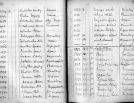
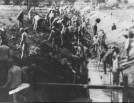
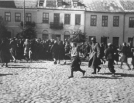
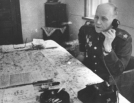








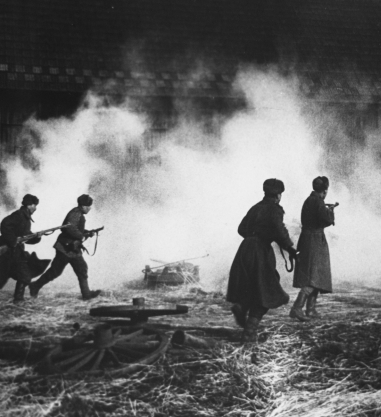
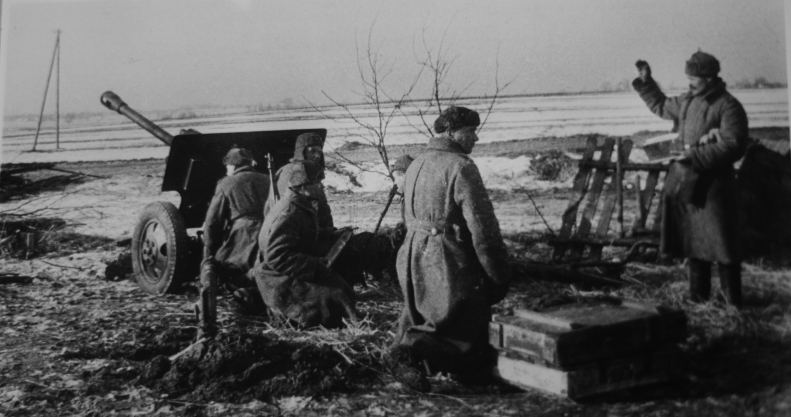
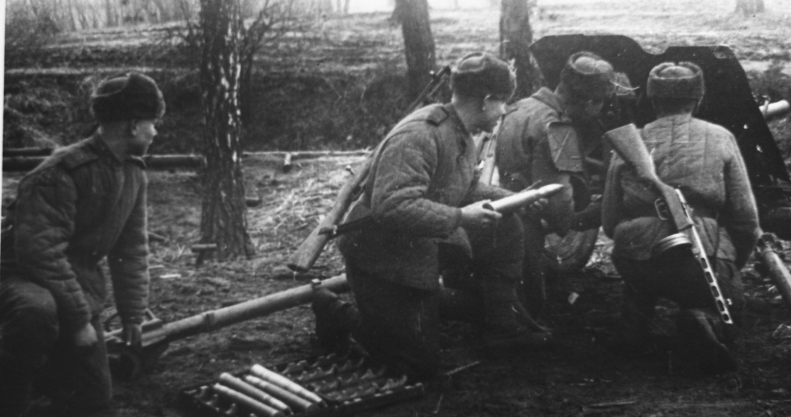
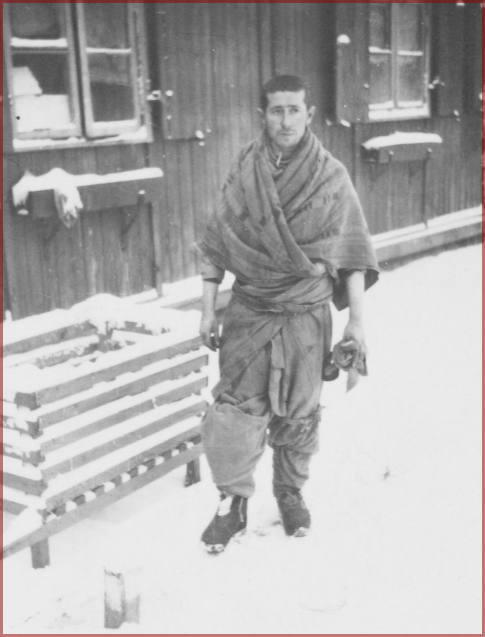
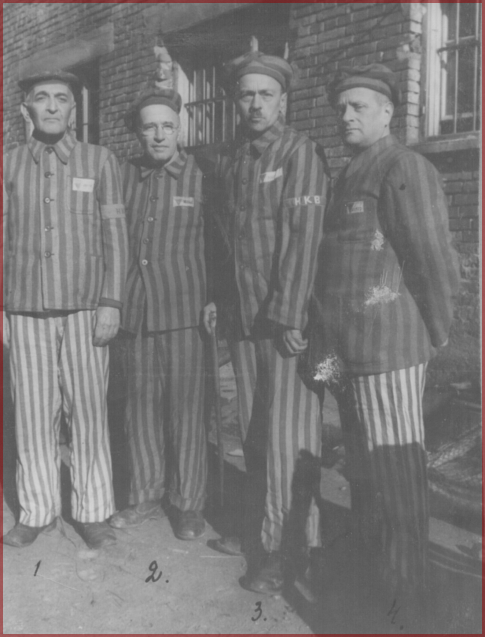

























 Билеты
Билеты










